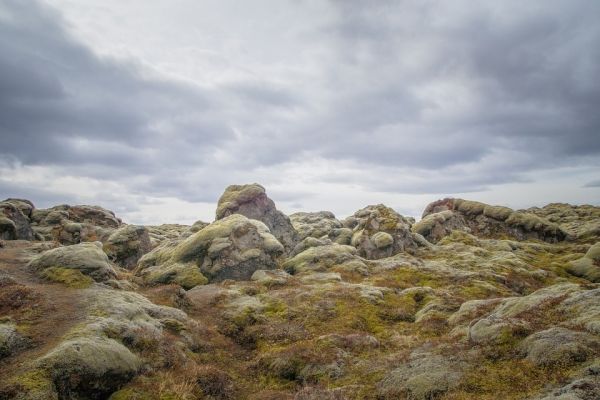Algae are more than just the green scum that shows up on aquarium walls. The tiny plants, when teamed up with a fungus, can form a composite structure called lichen. Lichens grow everywhere, from tundras in the Arctic to the bark of the tree in your yard, and they do everything from creating oxygen to serving as food for reindeer. But a new study characterizes their preferred climates and concludes that their ability to change these climatic preferences happens slowly, over the course of millions of years. That means that these algae are likely to be impacted by rapid climate change the Earth is currently undergoing--and they might take lots of common lichens with them.
“In this study, we set out to learn how rapidly the climate preferences of these algae have evolved over time, and relate them to predictions about future rates of climate change,” says Matthew Nelsen, a research scientist at the Field Museum and the lead author of the new paper in Frontiers in Microbiology.
What’d the researchers find?
“Terrible, awful things,” says Nelsen. “We found that the predicted rate of modern climate change vastly exceeds the rate at which these algae have evolved in the past. This means that certain parts of their range are likely to become inhospitable to them.”
Read more at Field Museum
Photo Credit: Lockenkopf via Pixabay


